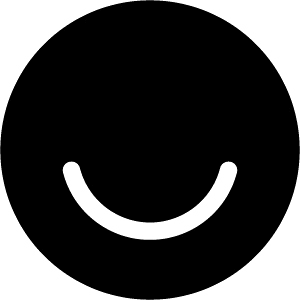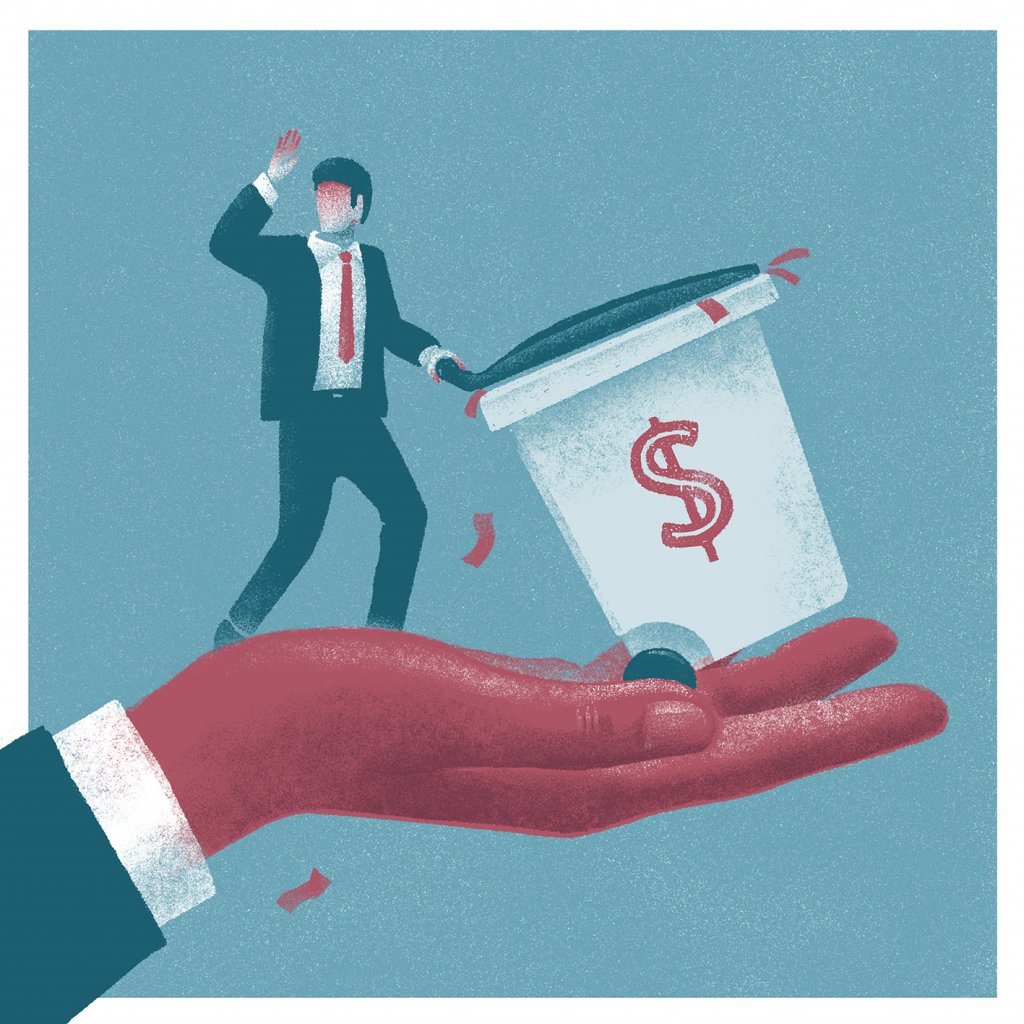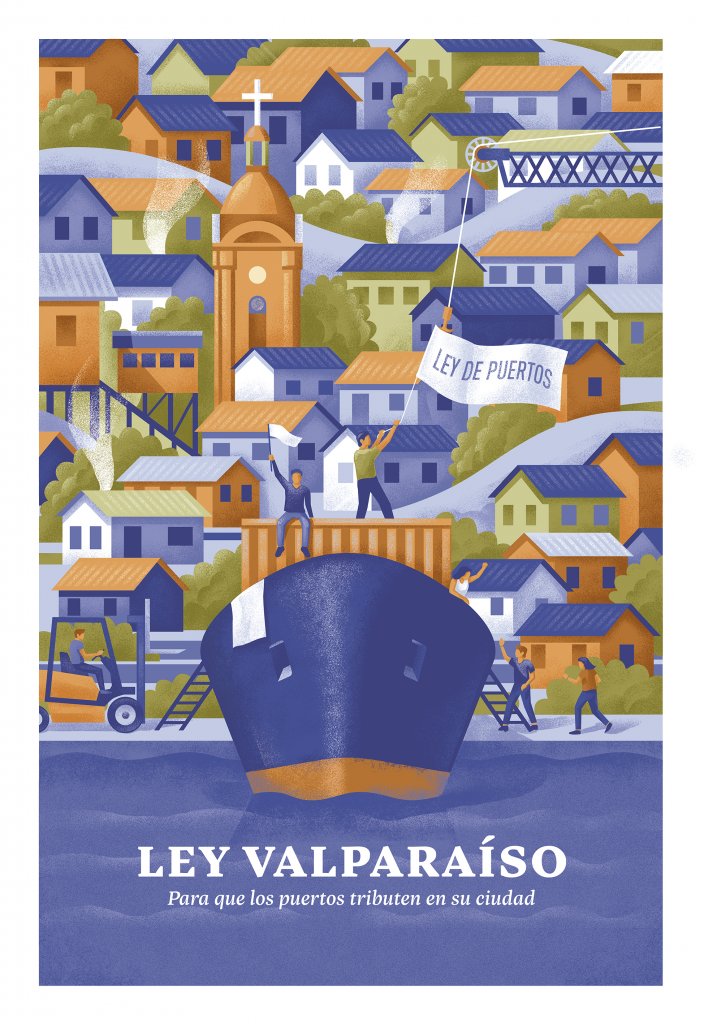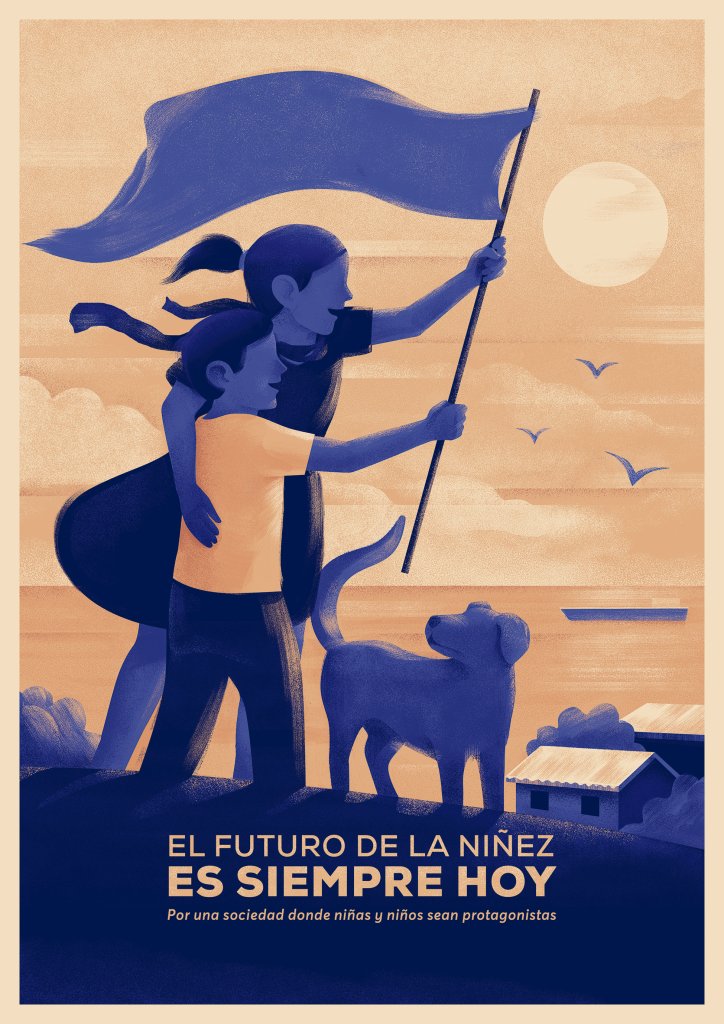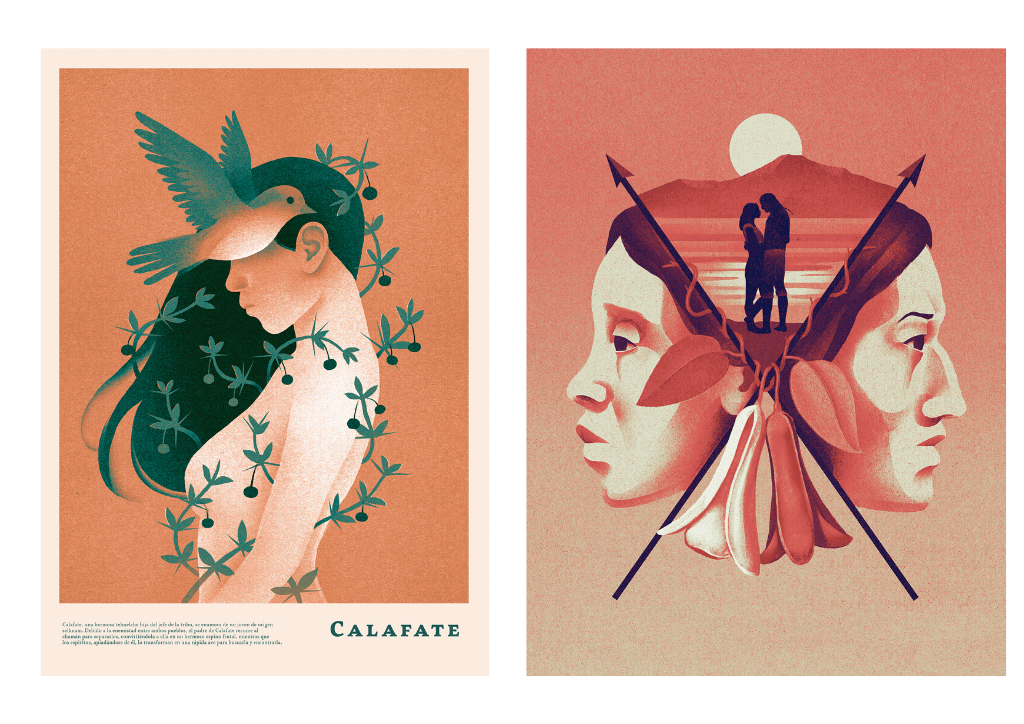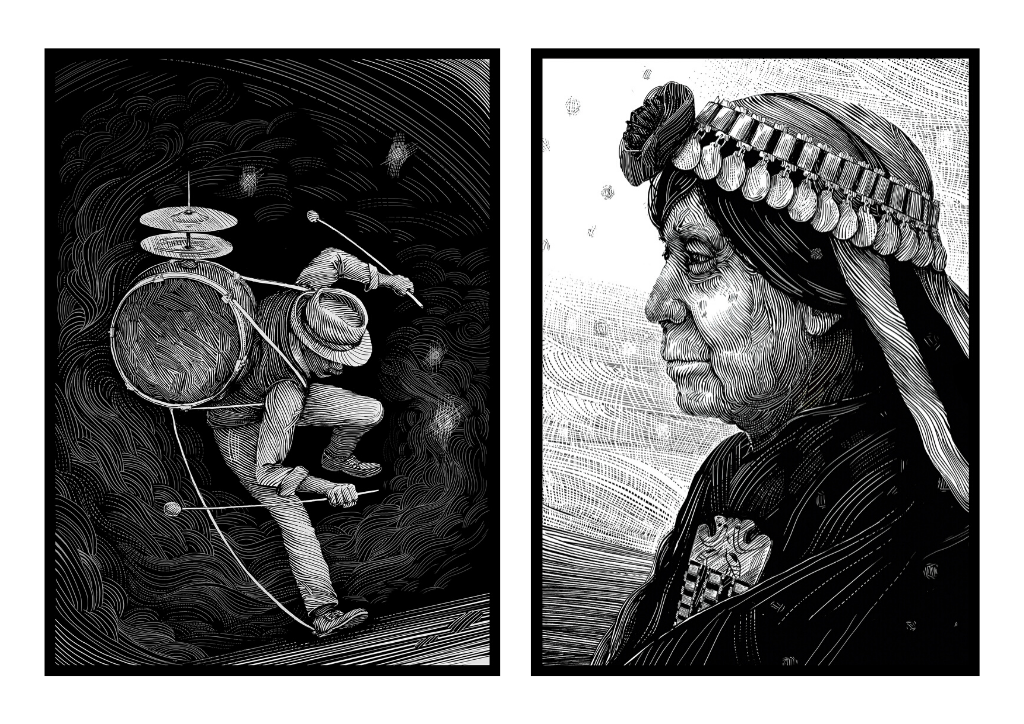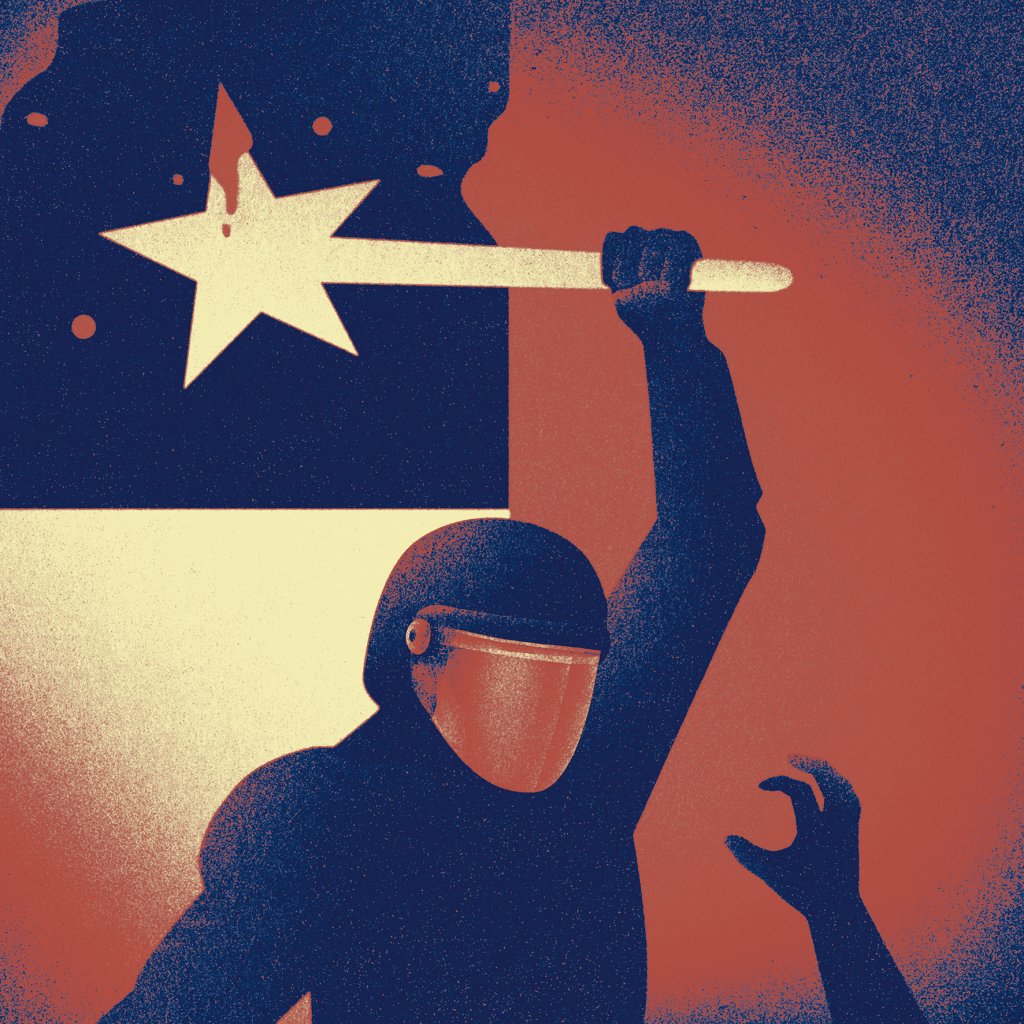I think the biggest risk I’ve ever taken was to leave my old job and the city where I lived in pursuit of something completely new and unplanned. It was a big risk, but I think I made the right call.
Chilean designer and illustrator, Gabriel Maragaño, mentions encyclopedias and anime as some of his biggest creative inspirations in childhood.
Maragaño grew up amongst rivers, the sea, and mountains before moving to a big city to study and shape a career focused on Product Design. His years at the University of Valparaíso opened a whole new world for him that allowed him to experiment in graphic design, products, and animation, while simultaneously rekindling his first love – drawing.
He speaks to TFM about how his culture and identity shape the work he does, the frustrations of being an artist, and why he prefers commencing his creative process the old-school way with pencil and paper. Edited excerpts:
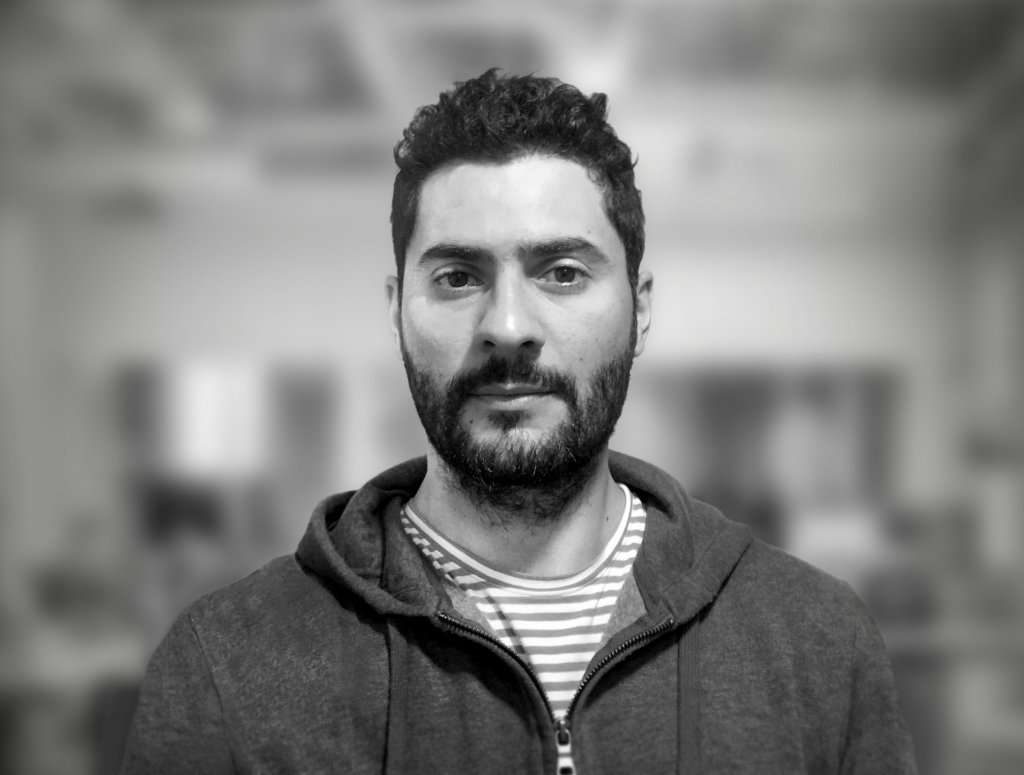
Gabriel Maragaño
Could you tell us about your childhood days?
I grew up amongst rivers, the sea, and mountains in Hornopirén, a small town in the south of Chile. The boys from the neighborhood and I would play with dirt, wood, and the trees along the edge of the river. But most days were usually quiet and rainy, which allowed me to spend a good part of my time at home as well. To entertain myself on those days, I discovered my passion for drawing. I would spend a lot of time sketching animated stories on a single sheet of paper – lines over lines – until I finally created stories about future cartoon characters. I would be in the company of my brother while my parents were at work. Like every other southern Chilean family, we have always been very close and so after finishing high school, thanks to my parents’ effort, I was able to study design in the city of Valparaíso.
What are some of the specific creative influences you had while growing up?
As a child, I used to really like drawing cartoons that would appear on TV as well as a lot of anime. Another major influence were the encyclopedias that my parents and grandparents owned. When I was young, I loved drawing animals and dinosaurs from them. After a while, I started to look more for art, human shape, and paintings in those encyclopedias. I loved looking at how Michelangelo or Da Vinci would make those displays.
When and how did you know that you wanted to be a designer and an illustrator? Did your family support the decision?
My parents never forced us to study something they thought was going to be the best for us from an economic point of view. We were always free to pursue our own passion. My father, who is an electro-mechanical technician, was always pursuing other interests as well. He enjoys making his own things. He designed his own house and furniture.
I used to love watching him draw and that motivated me to study Architecture for a while. However, I felt that the area was a little rigid and I was already passionate about Art. But then again, I thought that art was too abstract. I had to find a common point between those two areas and that is when I discovered Design. In college, I specialised in Product Design. But one day, I noticed that I’d left aside what I’d done in my childhood for a long time, mainly drawing. It was at that moment that I started reconnecting with drawing and illustration.
Did you pursue a formal education in design? How was the experience?
Studying design at the University of Valparaíso was like discovering a new world as I didn’t have any strong previous connections in this area. I was at the university for a lot of years, probably because I was afraid of dealing with the reality of getting a job. At the same time, I was keen on making good projects across different areas.
Since the University of Valparaíso has a more integral studying program, I always found ways to learn more things, which allowed me to be a part of a lot of projects in the areas of graphic design, products and animation. Those were very productive years as I got to learn so many things.
What’s your relationship with Chile like?
Every time that I have to deal with an illustration project, mainly personal ones, my strongest inspiration is related to the stories of Chilean culture and identity as well as the social and political contingency. As of right now, I live in Valparaíso and because I studied here, I have a special bond with this city which helps me find inspiration.
As far as my country goes, Chile is currently suffering from a social, economic, environmental, and political crisis. The socio-economic differences and worries are surprising! The salaries are not good enough to have a respectable way of living and the prices of the products and main rights are far too high. The reason for that is privatisation and business at the cost of people’s lives. It means that the money citizens made for their retirement throughout most of their lives is basically gone. A lot of Chilean cities are on a constant decline, and Valparaiso is no exception. That is what upsets me – the lack of empathy and political will to transform a state that has been without any changes for years.
I grew up amongst rivers, the sea, and mountains in Hornopirén, a small town in the south of Chile. The boys from the neighborhood and I would play with dirt, wood, and the trees along the edge of the river. But most days were usually quiet and rainy, which allowed me to spend a good part of my time at home as well. To entertain myself on those days, I discovered my passion for drawing.
Could you broadly describe your process of working?
I always start with a simple pencil and paper drawing. Sketches help me visualise how I can turn an idea into great work and relate it to different concepts to develop it even further. Once I have a clear idea, I feed the outline into my computer where I can fix those little details in order to start painting with digital paintbrushes and textures. The digital work helps me in so many ways – I can experiment without restrictions and at the same time, it helps me a lot when it comes to deadlines.
Are there aspects of your job that you don’t enjoy?
I usually get frustrated a lot. I’ve always felt every person has different creative moments, but time pressures also need to be considered as that is the way the industry works. This means that sometimes you cannot produce the optimal desired end product, not only in terms of illustration but also design, graphics or any other discipline. So even if I have the ideas and I get the needed results, I always feel that I could have done a better job, which frustrates me a lot. That being said, there are also some occasions wherein you just nail it – the results are exactly the ones that you were looking for.
How important are personal projects for you?
I think personal projects give you more gratification because like a hobby, you are waiting for the right time to do them. These projects are the ones where I learn a lot more because I don’t have a deadline, I’m just trying to experiment and can get more results. Besides, from a thematic point of view, with personal projects, I can truly express what I feel and think.
You seem to have a particular style in your work. Do you agree? If yes, how would you describe it?
In a way, I do try to follow a certain graphic style and/or a specific colour palette in any illustration. I also look at some specific concrete aspects like textures or graphic design elements when I am pitching or suggesting a project. When there are external requests, I focus on the concept and ideas that the client wants to bring out in the work.
While working on personal projects, I try to be more experimental, even though sometimes the changes are imperceptible. In one way or another, I am always striving to improve my technique. That’s how the end result can drastically change whatever design I am working on.
I feel that there is always a new way to work on something, which is why I have continuous doubts on every project that I do. Honestly, I don’t think that it is a disadvantage because it lets me look at the same idea from other people’s point of view and allows me to keep trying until I get the desired result.
Where do you work out of usually? Do you have any creative rituals that you follow?
I don’t really have any specific ritual, but I do have a special space in my house where I have everything I need to start my day. I also have some distractions for when I need a short break, like my guitar. Playing it has been one of my hobbies for many years and it helps me relieve any stress.
How do you deal with showcasing your work on social media?
I believe that social media today has an important role to play in transmitting ideas to a lot of people. That’s why I try to constantly upload my work, even when there are times that you need a lot of agility when it comes to a current topic and show people exactly what you want to show. In that way, it makes the network relevant. Social media opens up a space for not only presenting projects aesthetically but also for debates and opinions. Some of the work you upload into that network can have an educational component or contribute to society in other ways.
I personally believe that when someone says that social media is a problem, they are not being very clear. Social media is just a medium and the problem really are the people who are wrongfully using the network.
Do you enjoy working independently? Do you get to interact with other artists much?
I would like to be more independent because it gives you the freedom to make your own schedule and choose your own clients. You work knowing that the style of design is totally up to you and if you need advice, you have the right people to ask. It often happens that when you are employed, you hear a hundred different opinions and that can make even a simple situation complicated. As for interacting with other illustrators, yes, I do keep in touch with them. Some of the illustrators I know are also my closest friends. I think that working independently is not an impediment to meeting new people who work in the same area. On the contrary, I think I meet more people this way.
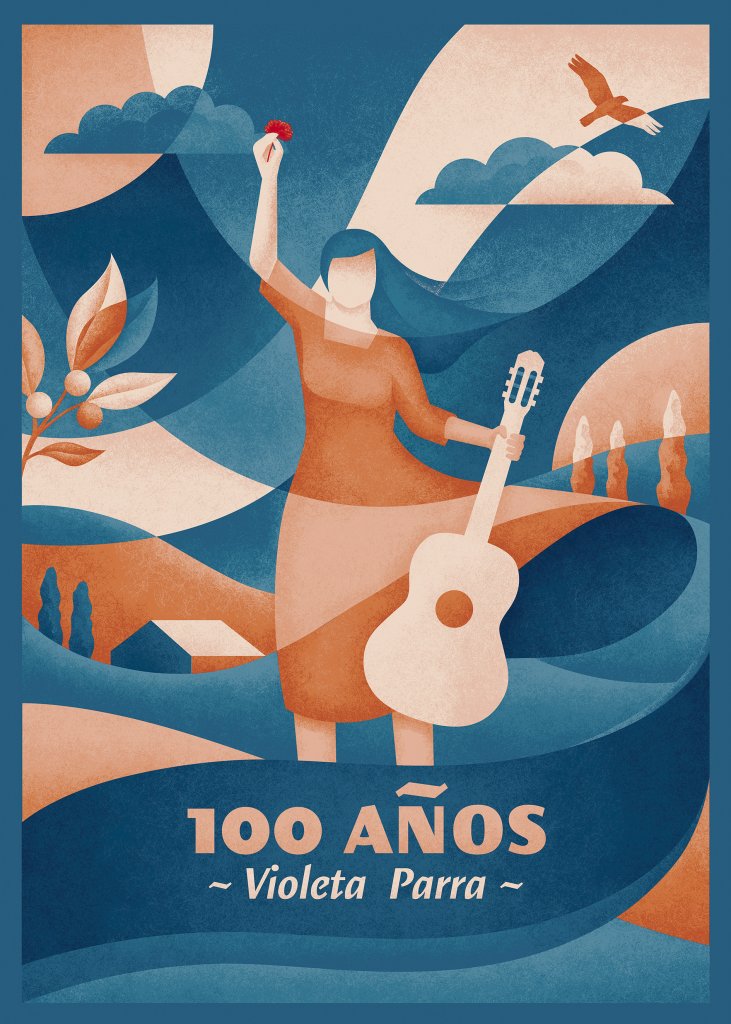
Violeta Parra 100 años
What’s the best and worst advice you have ever got?
Worst advice: “Just leave it like that; it’s good enough.”
Best advice: “Always do whatever you said you would do. And with everything you do, live up to the trust and produce a good working reference.”
Do you experience self-doubt? How do you deal with it? And who do you rely on for feedback on your work?
Doubts? Always!
I feel that there is always a new way to work on something, which is why I have continuous doubts on every project that I do. Honestly, I don’t think that it is a disadvantage because it lets me look at the same idea from other people’s point of view and allows me to keep trying until I get the desired result. I also think that too much confidence can be arrogant.
About the people whose advice I usually trust – some of them aren’t even related to the design or art space! And I think that they are less visually prejudiced than those who are continuously making illustrations or designs. They also contribute ideas from their varied experiences and disciplines that probably wouldn’t have occurred to those from the same area.
What’s the biggest risk you have taken so far?
I think the biggest risk that I’ve ever taken was to leave my old job and the city where I lived in pursuit of something completely new and unplanned. It was a big risk, but I think I made the right call.
What do you usually do when you need to take your mind off work?
I do enjoy playing the guitar – it’s a good way to clear your mind and practice at the same time. When I have more free time, I enjoy watching some series. I like anime mainly for the wonderful way that the creators are able to create stories that you would never imagine.
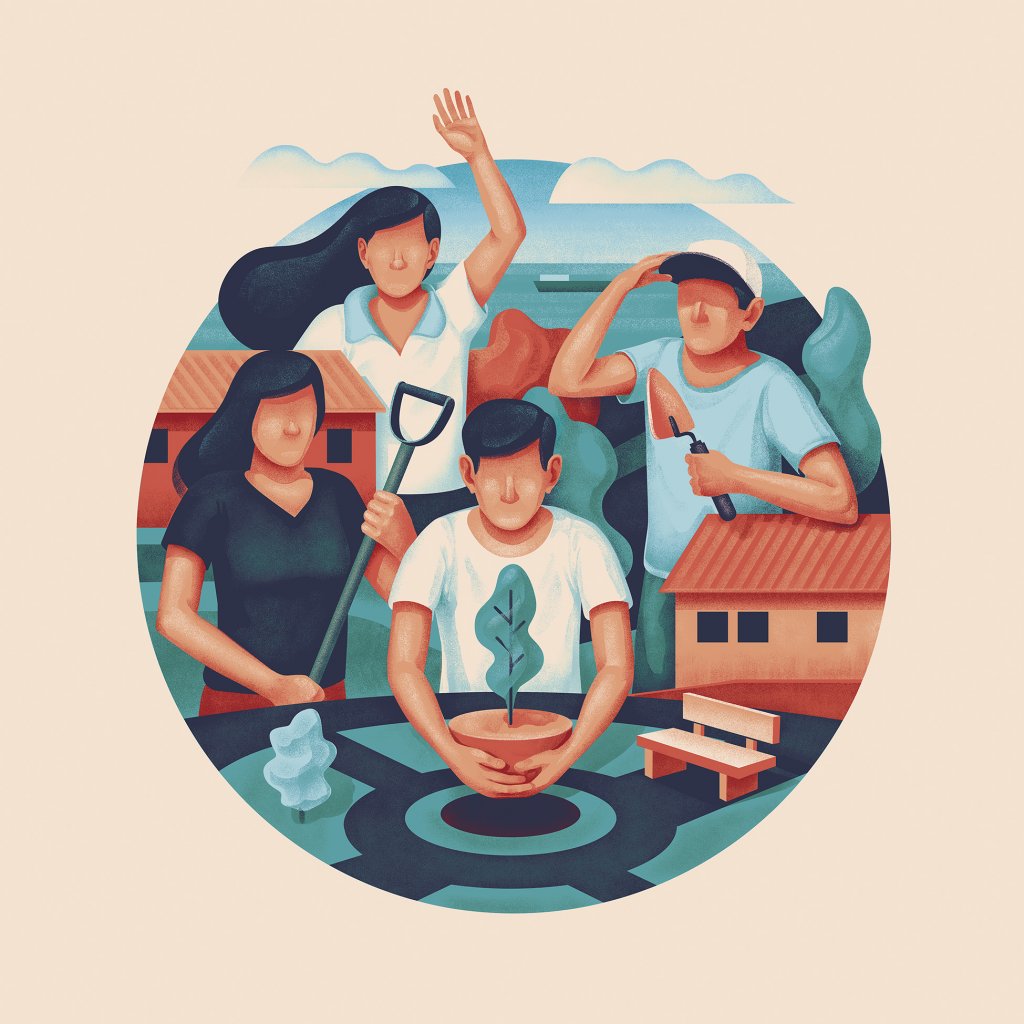
Modelo Participación barrial
Gabriel’s photograph is provided by him. ©
